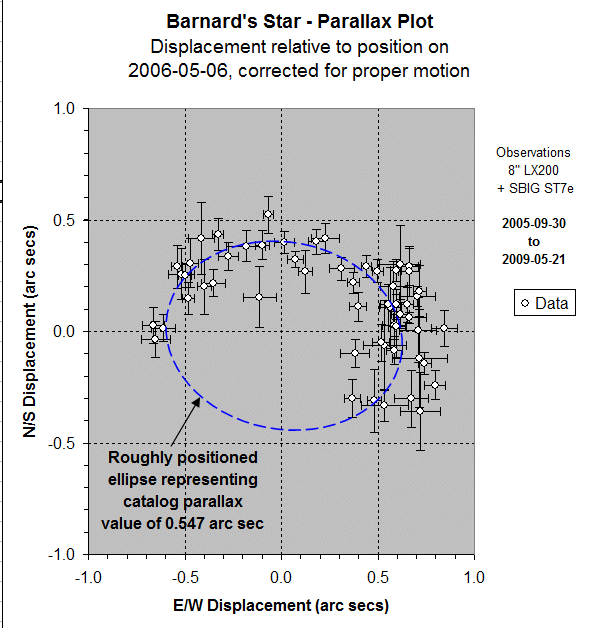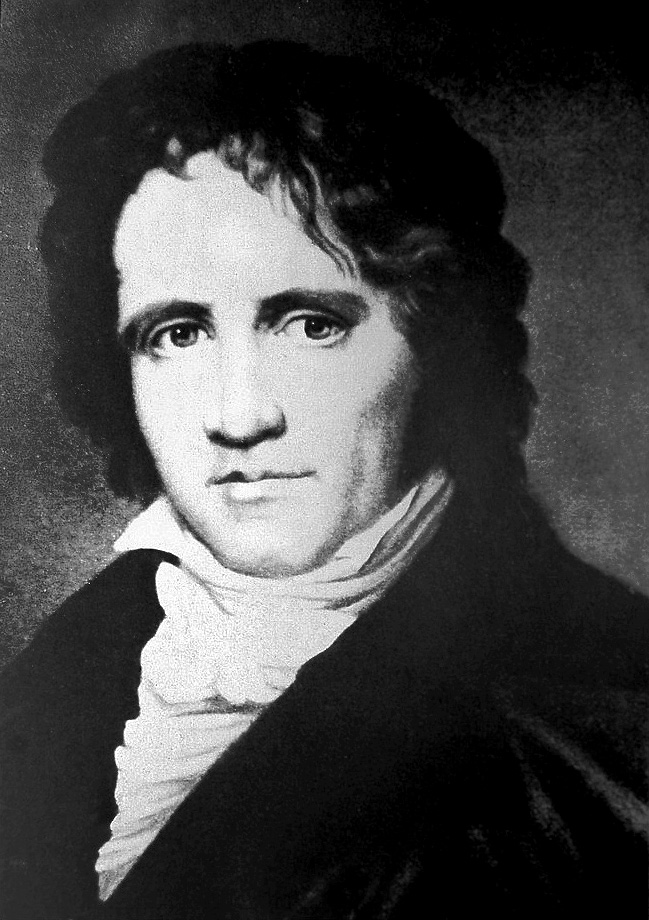This entry is off the subject of variable stars to enter the world of astronomy back in the nineteenth and Joseph Fraunhoffer telescopes.
In February I had the opportunity to visit Munich, a city that has pretty good museums, and other attractions (besides the famous brewery). Not only the enjoyment of the collections of art and archeology museums invited to visit Munich, also, frankly, the need to remain covered with very cold weather prevailing in the area.
All of you blog readers, you are people, I guess interested in science and technology. Therefore I emphatically recommend visit the German Museum (Deutsches Museum ) of Munich. It is a compendium of technology and science in all its branches (in which Germany has been developing a role of protagonist in many cases). Created in the early twentieth century, remains in its original building, with appropriate upgrades, if While still a traditional exhibition in their collections, which are different from the modern science museum today, but subtract this interest to its contents.
has a good section devoted to astronomy, with special attention to observing instruments, plus a planetarium and observatory own. Of all that is exposed particularly caught my attention the historic instruments, including two telescopes were built by the great optical physicist Joseph von Fraunhofer (1787-1826) in the early 1820.
Refractor of 24 inches in diameter
The first of these, a doublet refractor Achromatic 24 cm aperture. This is already enough diameter for a refractor (refractors are rare in the openings between medium and large, since larger diameter, it is very difficult to make good lenses without defects, while the development of a mirror has fewer complications). It already had an equatorial mount, quite novel for its time, with the advantage of monitoring more convenient than counteracts the Earth's rotation for the observations.
And it has pedigree, this telescope was operating at the observatory in Berlin and was with that Galle discovered the planet Neptune by the calculations of Adams and Leverrier. Must be the second time I am facing a telescope with which new stars were discovered, the first being the 30-cm reflector opening of John Lacroix to be discovered dozens of asteroids in the observatory of La Cañada ( Avila).
Fraunhoffer heliometer of
And then I admire heliometer approximately 8 cm in diameter, also Fraunfoffer. What is a heliometer? is a dedicated telescope to measure angular distances in the sky. For this objective lens is divided into two equal halves, and one of them can be turned respect to each other by a micrometer mechanism.
If the two halves are exactly aligned, the telescope will be observed for a normal image, but if we move one, we see a double image. with a shift in function of the angle in which they are rotated the lens sections.
That is the basis for measuring angular distances, like a micrometer traditional but more convenient and accurate, precisely for this purpose was invented by John Dollond optician in 1755. If we in the field view a double star, just have to move semiobjective until both stars of the pair together, so that the micrometer system, properly calibrated, can measure the angular distance of separation. Previously would have to rotate the shaft part the two halves to a perpendicular angle to the angle of position, which we would be measuring the second number that characterizes a par.
Fraunhoffer Portrait (Wikimedia commons)
This gadget has also served on the same ground, to measure with high precision the Sun's diameter, and hence its name. Until the advent of photography meridian circles and has been instrumental angular measurement more precise, to the extent that served a similar Bessel in 1838 for the first time to calculate the distance to land a star, 61 Cygni, using the parallax. You have to realize the precision to be reached this optical system to be able to measure such small angular distance of the order of tenths of a second of arc.
parallax diagram Barnard's Star, one of the closest to the Sun, as well as 61 Cygni. Both have a high annual proper motion, and therefore rightly astronomers had to be inferred that close and parallax could be measured with available techniques. David Richards diagram their own astrometric observations.
Portrait of Friedrich Wilhelm Bessel (1784-1846). Wikimedia Commons






0 comments:
Post a Comment